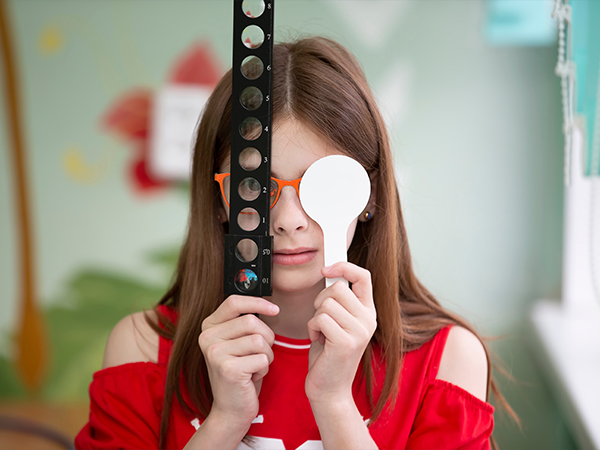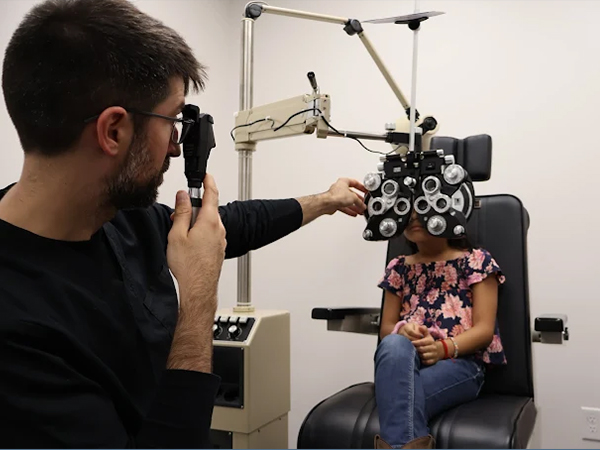Do Visual Dysfunctions Cause Learning Disabilities?

No—But They Can Make Learning Feel Almost Impossible
Let’s clear something up right away: visual dysfunctions do not cause learning disabilities.
Learning disabilities like dyslexia, dysgraphia, and auditory processing disorder are neurodevelopmental in nature. They aren’t caused by “bad eyes” or a lack of effort.
But here’s the part that’s just as important and far too often missed:
Undiagnosed visual dysfunctions can dramatically worsen the effects of a learning disability.
They can also mimic learning struggles, making it look like a disability when really, it’s the visual system that’s holding things back.
Let’s break that down.
Imagine this: you’re trying to read, you want to read, you’re trying your best to focus, but the longer you look at the page:
The words start to swim.
The letters double, blur, or seem to move.
Your eyes ache, your head pounds, and your brain just feels tired.
Every time you try harder, things get worse. Now imagine someone sitting next to you, telling you:
“You need to try harder.”
“You just need to focus.”
“Everyone else can do this—what’s wrong with you?”
This is what it's like for many kids with undiagnosed visual dysfunctions.
They’re not lazy. They’re not slow. And they’re not broken. They’re working overtime just to process what’s on the page.
It's Like Learning a Foreign Language Before You’ve Mastered Your First
Imagine trying to teach a child French while they’re still babbling and haven’t fully developed speech in their native language. You wouldn’t expect them to succeed, not because they lack intelligence, but because the foundational systems just aren’t ready yet.
The same is true for vision. We expect children to read fluently by first or second grade, but what if their visual system hasn't developed the necessary skills to support reading?
Their eye tracking may be immature
Their eye teaming may be inconsistent
Their visual memory may not be strong enough to recall sight words or spelling rules
It’s not their fault. They’re not failing. They’re trying to function with an undeveloped or inefficient visual foundation.
So No—Visual Problems Don’t Cause Learning Disabilities.
But they create a barrier that makes learning significantly harder, especially for kids already struggling. They drain cognitive resources, create frustration, and erode confidence.
Worse, they often go unnoticed because standard eye exams don’t test for them.
That means the child keeps trying and failing. The parent keeps searching and worrying. And the problem keeps being misunderstood.
What Can Be Done?
A functional vision evaluation looks beyond 20/20 sight to assess the skills your child needs for comfortable, effective reading and learning.
If dysfunctions are found, vision therapy can help develop and strengthen the visual system, just like physical therapy helps the body.
We’ve worked with children who were labeled with reading disorders, only to discover that their eyes weren’t working together properly, or they couldn’t visually track across a page.
Once their visual foundation improved, so did their ability to learn.
Not because we “cured” a learning disability, no, but because we removed the unnecessary roadblocks getting in their way.
The Bottom Line
Visual dysfunctions don’t cause learning disabilities. But they can amplify them. Mimic them. And make learning harder than it needs to be.
The good news? They’re treatable. If your child is struggling, and you haven’t yet explored their visual function, it’s worth taking a deeper look because every child deserves the chance to learn, without fighting their own eyes to do it.


